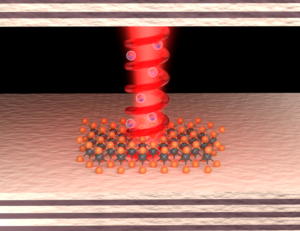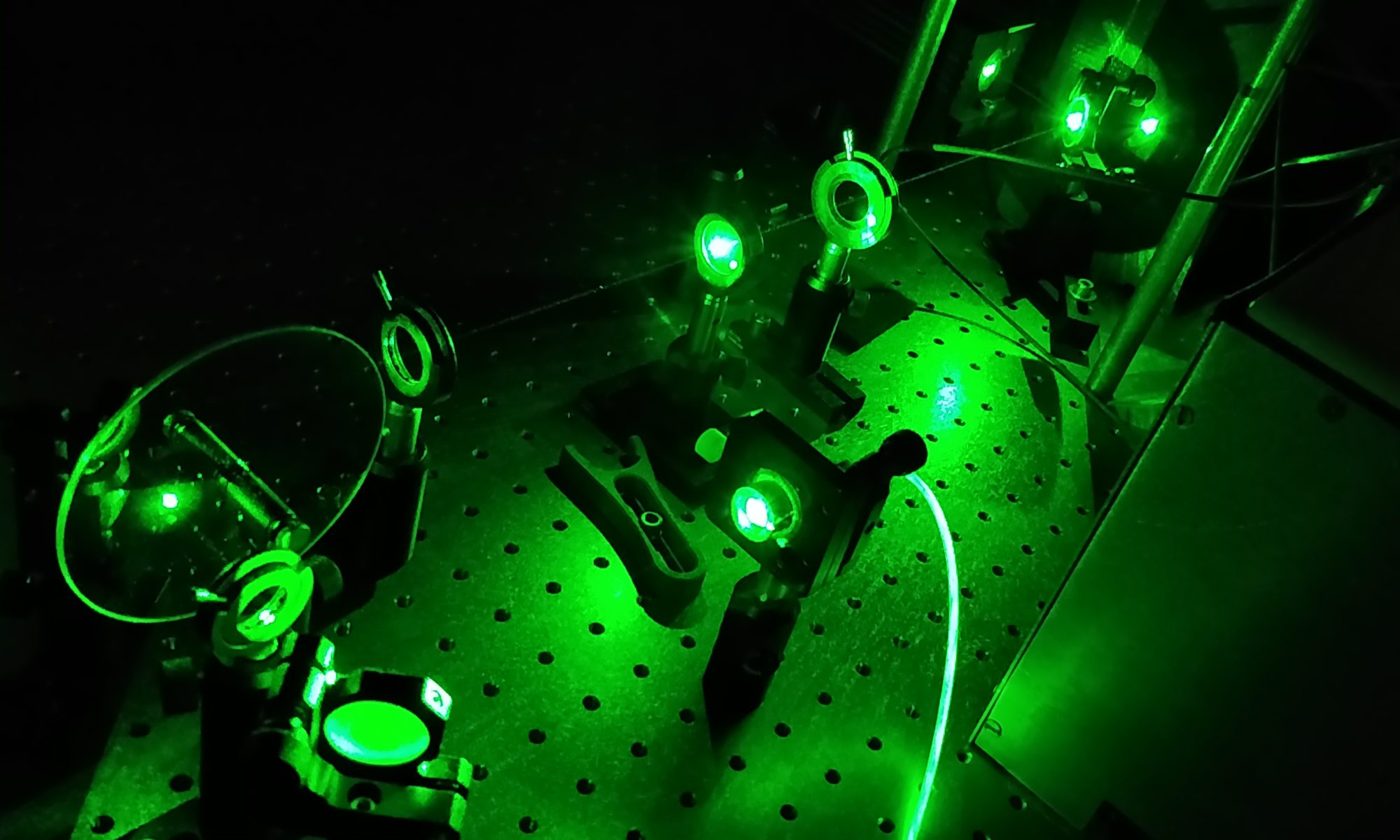 Semiconducting transition metal dichalcogenides (TMDs) such as MoS2, MoSe2, WS2 and WSe2 are a group of materials that have received much attention in recent years. Their crystal structure resembles those of graphene and consists of strongly covalently-bond two-dimensional sheets with only weak van der Waals forces between the layers. Of special interests are single layers of semiconducting TMDs exhibiting direct bandgap and therefore are used as light emitting materials.
Semiconducting transition metal dichalcogenides (TMDs) such as MoS2, MoSe2, WS2 and WSe2 are a group of materials that have received much attention in recent years. Their crystal structure resembles those of graphene and consists of strongly covalently-bond two-dimensional sheets with only weak van der Waals forces between the layers. Of special interests are single layers of semiconducting TMDs exhibiting direct bandgap and therefore are used as light emitting materials.
We investigate the whole family of TMDs in a specially designed, open microcavity structures. In the so-called strong coupling regime interactions between excitons and cavity photons lead to creation of new mixed light–matter quasiparticles: exciton–polaritons. Our recent achievements demonstrate occurance of exciton-polaritons at room temperature, spin selective valley polarization effects and strong coupling regime in multilayer TMDs layers.

